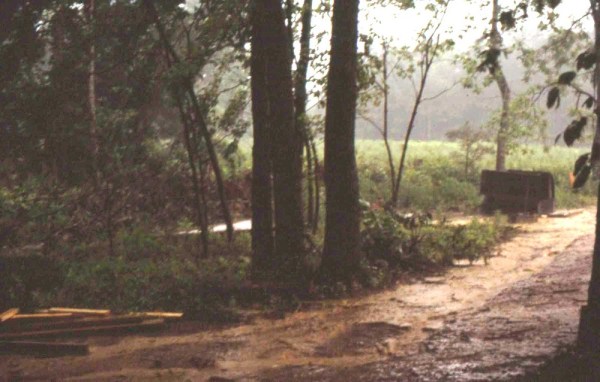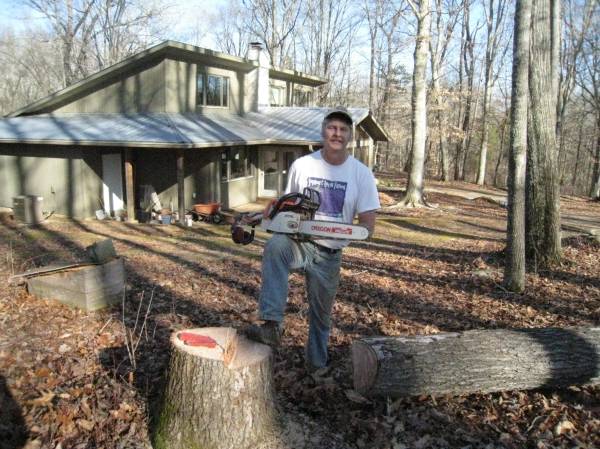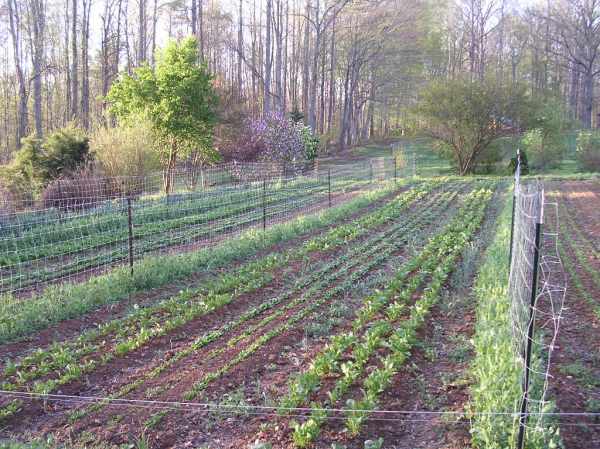What’s been going on!
An interesting milestone this week as we realized that the last of our “Advisory committee”, Max Perry, passed away on Monday. We live on Perry Rd. and the Perry clan owns large swaths of land up and down the road including the 400 or so acres on our south side. Max was the patriarch of the family and the last of his generation, he was 77.
When we first moved here in 1982 we were like most of today’s new farmers in that we were not from a farming background and had to learn almost everything from scratch. Today’s new farmers have vast and incredible resources from which to draw knowledge and information that we could only have dreamed about back then. Sure we had degrees in agriculture and lifetimes of family gardening but never farmed for a living. So we did what the Ethnologists would describe as gathering “indigenous knowledge”, we consulted the good old boys in the neighborhood or more accurately they freely volunteered their opinions.
Of course when we moved into a tent, next to our tractor shed with the 1949 tractor, they first thought we were crazy and doomed to failure (so did our parents). Over time they would stop by and introduce themselves and to see just exactly what we were up to. Most wrote us off but a group of them kept an eye on our progress and we were great fodder for discussion as we were some of the few folks in the neighborhood who were not from the “families”. Max was one of them; he was an avid hunter and observer of the local flora and fauna. He loved it when we started raising turkeys because he was very protective of the recovering turkey population that mostly lived on his land. He was also the unofficial community watch as he worked third shift and would drive up and down the road late at night when he couldn’t sleep.
All of our advisory committee had similar backgrounds, they had grown up here farming but in the end had gotten “public work” in either construction or at the university. Their family farms stopped with their parent’s generation and they were now just the stewards of the land which either stayed in pasture or trees, some they rented out to other farmers. Their experience was that you couldn’t make a living farming but were interested in keeping farming alive in the neighborhood and to see what this new farming was all about.
Lenny Perry, Max’s uncle, would stop by regularly in the early years especially when we were clearing new land and commiserate with Betsy who was working alone with a chainsaw as I was in town trying to make some money to keep our dream alive. “How’s that new ground coming” he would ask and give some advice on what to do next. He had even farmed our land back in the 30’s and 40’s, raising wheat and other grains. After a few years he was overheard at the corner store, where the old boys would gather, telling them that “she can drive a tractor as good as a man”.
Our other immediate neighbors, Herbert and Peggy Lou Thomas, owned all the land between us and the Haw River on our east and north sides. They actually lived down the road a few miles but raised a big garden in the bottom field across the creek from ours. As we would be down in our field working they would be over there just talking away to each other while harvesting corn or tending tomatoes. Let’s just say that Peggy Lou had a voice that could carry. We would always find a basket of corn on the steps or Herbert would always check in to see if he had beaten me in having the first ripe tomato (he always did). When we started using cover crops to improve our soil, he would advise me on when they were ready to turn under.
George Graves (who was married to a Perry) was particularly influential in our development. He was one of the early members of the Carrboro Farmers’ Market and grew huge amounts of maters, taters and beans among other crops. He told us what varieties of spinach and other crops to grow that were best for our area, when to plant them, where to get seed. He and Betsy would drive together to the local farm supply to get onion sets and parts for things. When he would stop by and see us doing something crazy he would just shake his head and say “sheeeeit” and steer us in the right direction. Without George it would have been many more years before we started selling at the market, he frequently encouraged us to “get down there and sell those berries” until we finally did.
Faye and Ervin Perry rounded out the committee. Ervin was George’s brother-in-law and he and Faye farmed across the road from George and sold at market too. They came to market farming late in life but with ingenuity and of course the local knowledge. We would watch them in their 60’s and 70’s slowly and patiently tend and harvest their two acres of crops and never break a sweat. Ervin could somehow do it all off of a riding lawn mower. Their “grocery house” was the picture of an efficient small packing shed and cool room that many small growers even today would want to have. We would occasionally go out to dinner with them after market and just soak up their stories.
They are all gone now, we are on our own to screw up, make all the mistakes and figure out the answers. I guess we are now the indigenous knowledge, not sure we can ever be the characters they were, damn few like them.
Picture of the Week

Thousands of onions on a sunny day
What’s going to be at the market? Continue reading →
 In this old grainy picture you can see the river that formed every afternoon that May, you can also see the weeds growing in the background
In this old grainy picture you can see the river that formed every afternoon that May, you can also see the weeds growing in the background 













